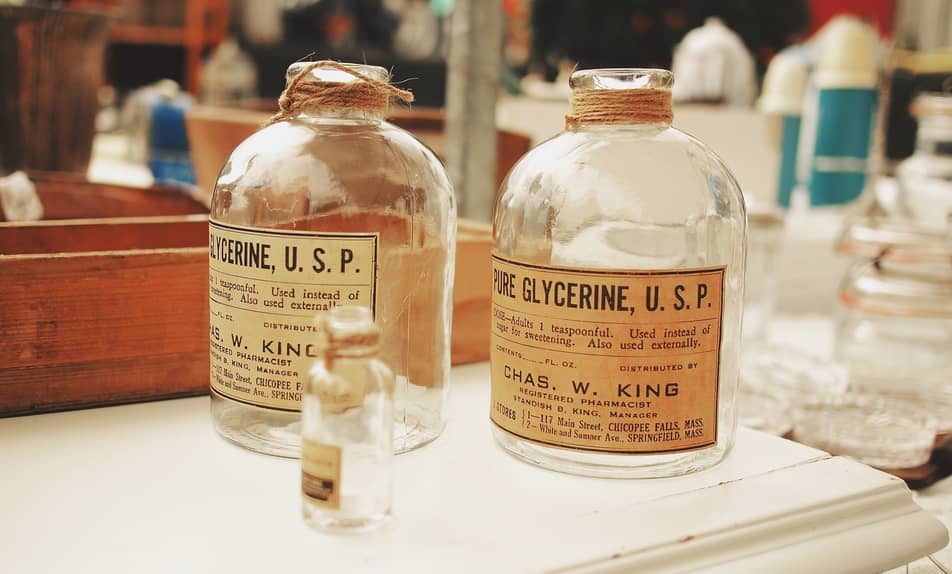List of Common Volatile Organic Compounds(VOCs)

Maintaining good indoor air quality (IAQ) is critical for health and safety. However, this can be a challenge due to the presence of volatile organic compounds (VOCs). These organic chemicals are substances made up of carbon and other elements, and they encompass nearly all carbon compounds with the exception of carbon dioxide and carbon monoxide.
Volatile organic emission are found in many common household items, and they vaporize at room temperature. Because of this, concentrations are usually much higher in the home than elsewhere. And while it’s impossible to completely avoid emissions and achieve perfect air quality, it is possible to limit VOC exposure and the health effects, as well as the environmental damage, that comes from chemical emissions.
The first step in doing this is awareness. It’s important to learn which are the most common VOCs and how to avoid them so that IAQ can be kept at the highest level possible. It’s also important to perform frequent assessments of the concentrations of VOCs in the home so as to ensure acceptable air quality and to avoid over-exposure to VOC emissions.
Here is a list of common volatile organic compunds:
Acetone
A rather potent chemical, acetone is found in common products such as nail polish remover, furniture polish and wallpaper. Yet not only is acetone one of the most common VOCs out there, meaning it’s harmful to human health in high doses. Yet alcohol-based nail polish removers and water-based furniture polishes are common and are much safer alternatives.
Acetic Acid
The most common source of this chemical is vinegar, although most vinegars contain less than 4 percent of this compound, making them safe. But high dosis of this organic gases can result in throat and breathing issues, so be sure to check vinegar products to ensure safe exposure levels.
Butanal
While candles, barbecues and gas stoves all make for a nice home, they also increase the presence of butanal, one of the most common volatile organic chemicals. The best thing to do to prevent butanal from damaging IAQ is to keep these activities outside, ventilate the house when cooking and also use beeswax or soy-based candle wicks.
Since it’s impossible to not cook in the home, consider installing an indoor air quality monitor or performing an assessment of volatile organic chemical concentrations in the home to make sure the air is safe.
Carbon Disulfide
This particular VOC is found in chlorinated tap water, which is what those who live in a large city most likely drink. To avoid exposure and decrease concentrations in the body, use a charcoal or carbon-filtration system, or drink only bottled water.
Ethanol
Found in many cleaning products, it’s hard to avoid this VOC. Glass cleaners, dishwasher detergents, laundry detergents and many other cleaners all have ethanol, so the best way to avoid them and maintain IAQ is to open windows during use or install an air filtration system in the home.
Alcohol
Often referred to as isopropanol, or isopropyl alcohol, this is common solvent for home and professional use. It’s often used as a disinfecting agent, and it also evaporates quickly, making it easy for large amounts to build up in the home. Make sure to have proper ventilation to maintain air quality, and consider using breathing protection when using alcohol in enclosed areas.
Formaldehyde
This is far and away one of the most common VOCs out there, largely because it’s present in everyday products such as molded plastics and lacquers. Avoid heating plastics, and limit plastic use in general so as to keep concentrations of formaldehyde low. When buying finishing products, check to make sure they do not contain formaldehyde, and when they do, make sure to use these products in well-ventilated areas.
Methylene Chloride
Also known as dichloromethane, this is one of the most common VOCs. It’s present in paint removers, aerosol solvents and other flame retardant chemicals. It is a particularly dangerous, although it is difficult for it to exist in large concentrations, largely because of its rapid rate of evaporation. Yet in the home, it’s easier for it to collect, meaning proper ventilation is a must when dealing with products containing methylene chloride.
Living With VOCs
Unfortunately, VOCs are a part of life, and there are too many of them to list. Know these organic chemicals are prevalent in common substances, such as paint and cigarette smoke, and also limit levels of these aromatic hydrocarbons by implementing creative prevention strategies, such as growing plants that remove VOCs from the home. Awareness plus prevention, as well as frequent assessments, is the only way to maintain air quality and to stay safe from VOCs.
